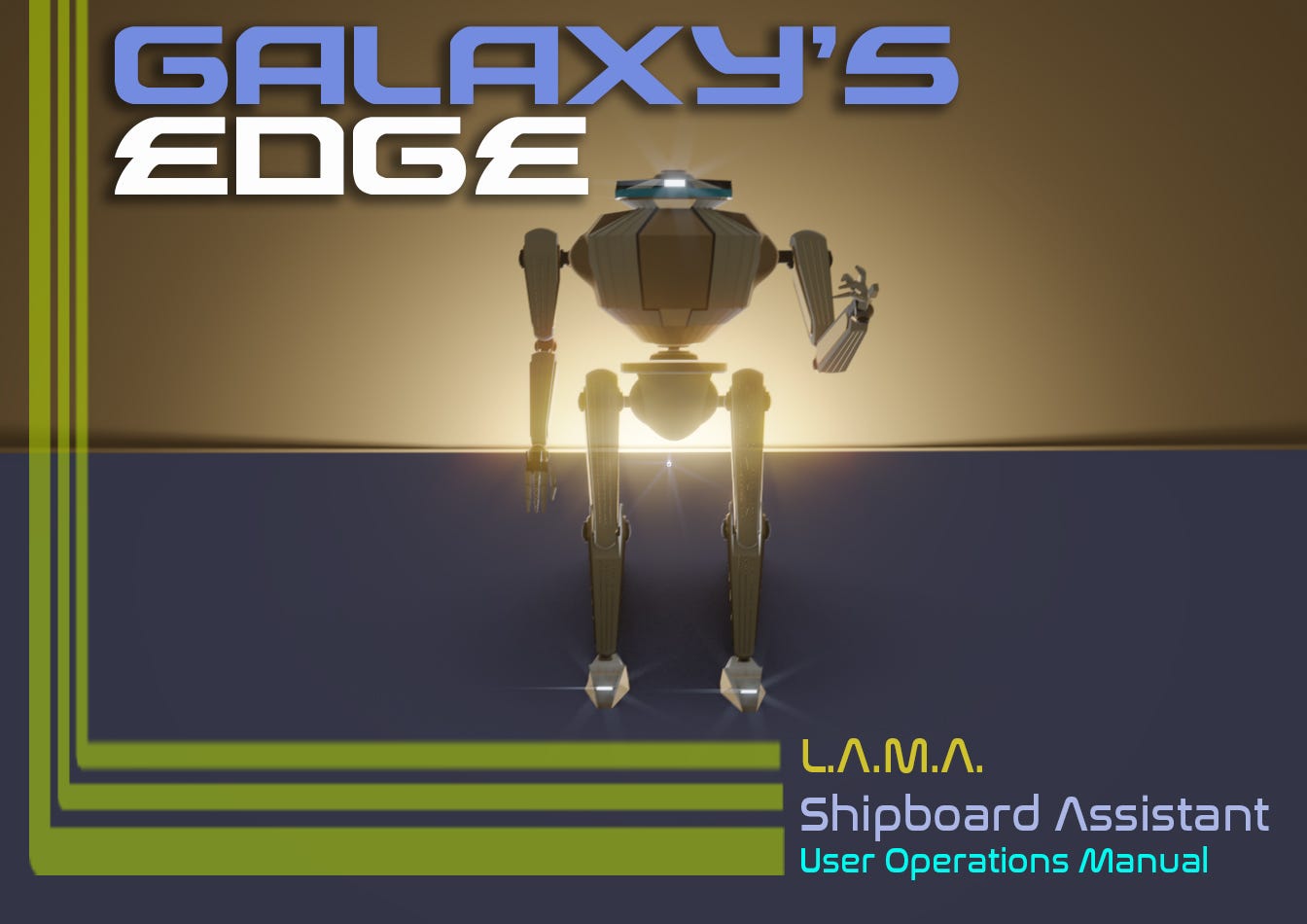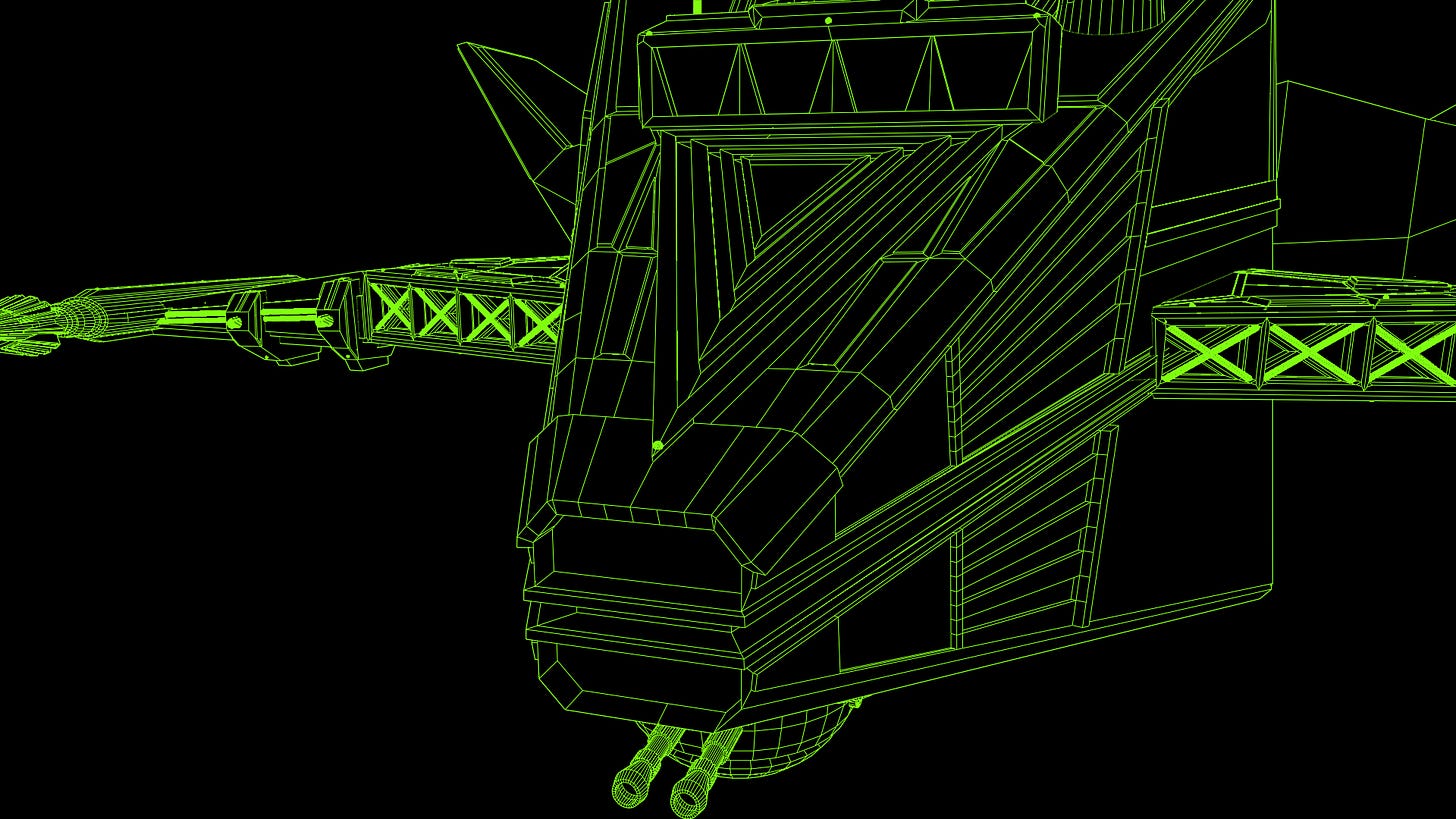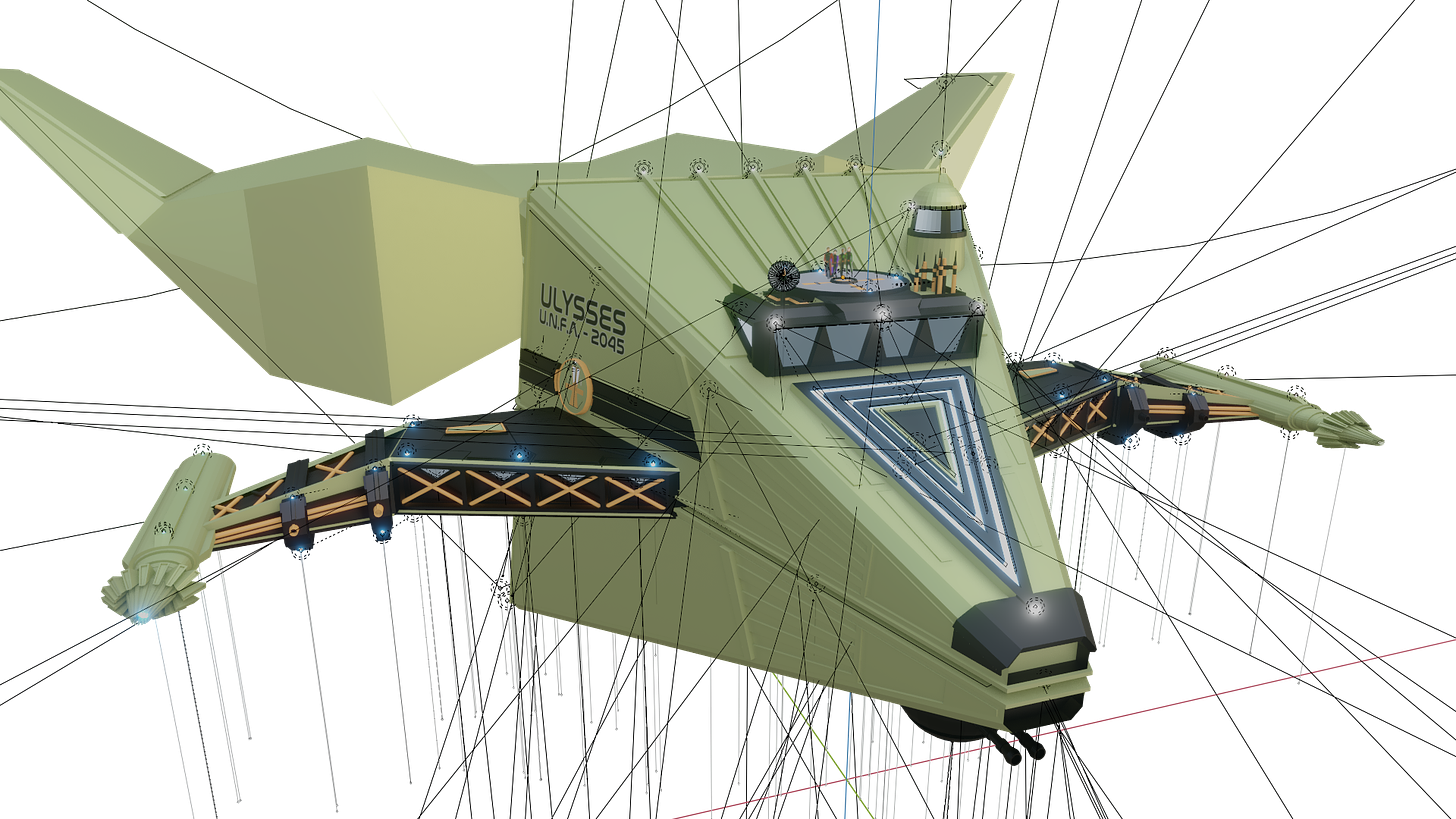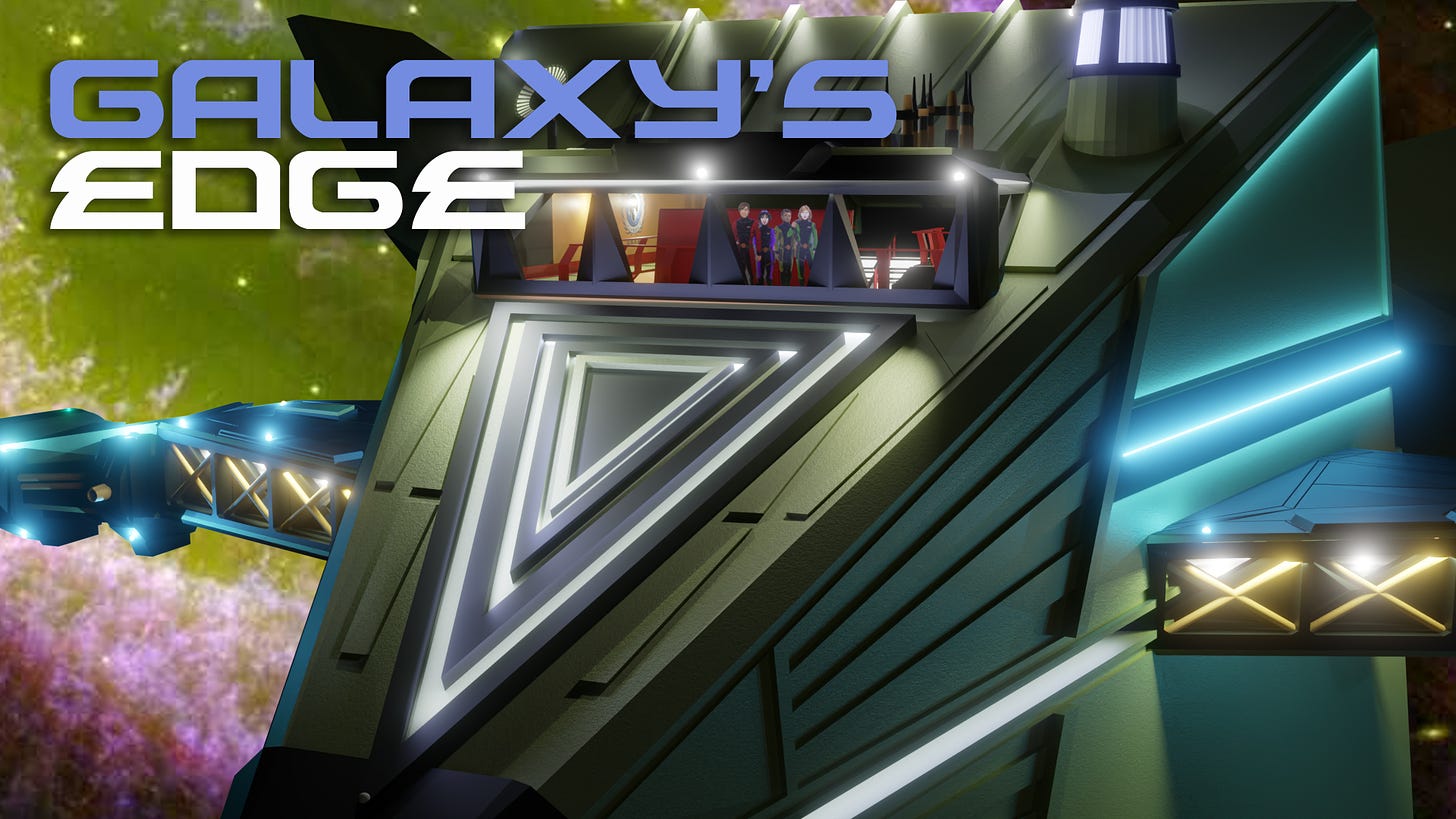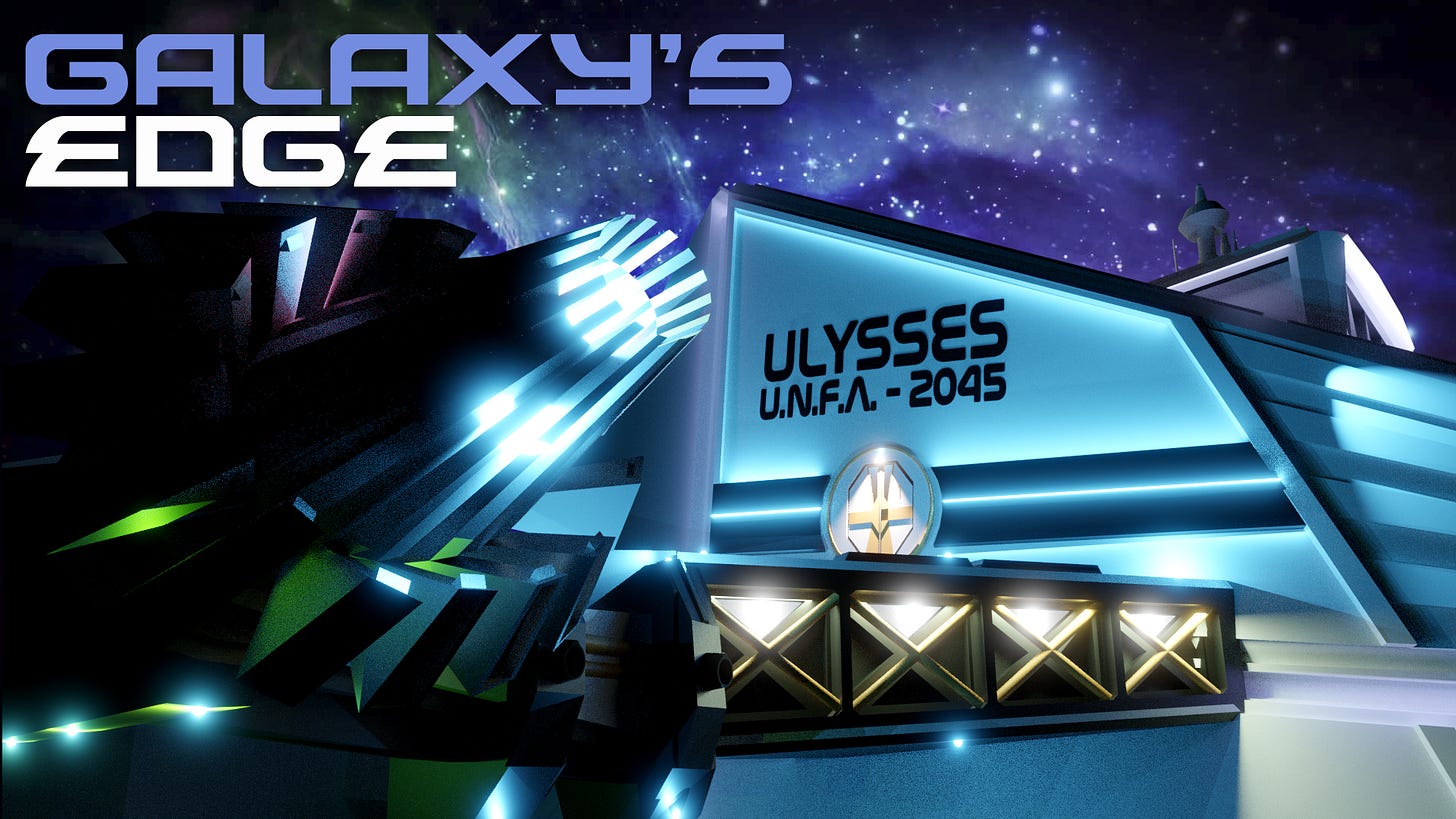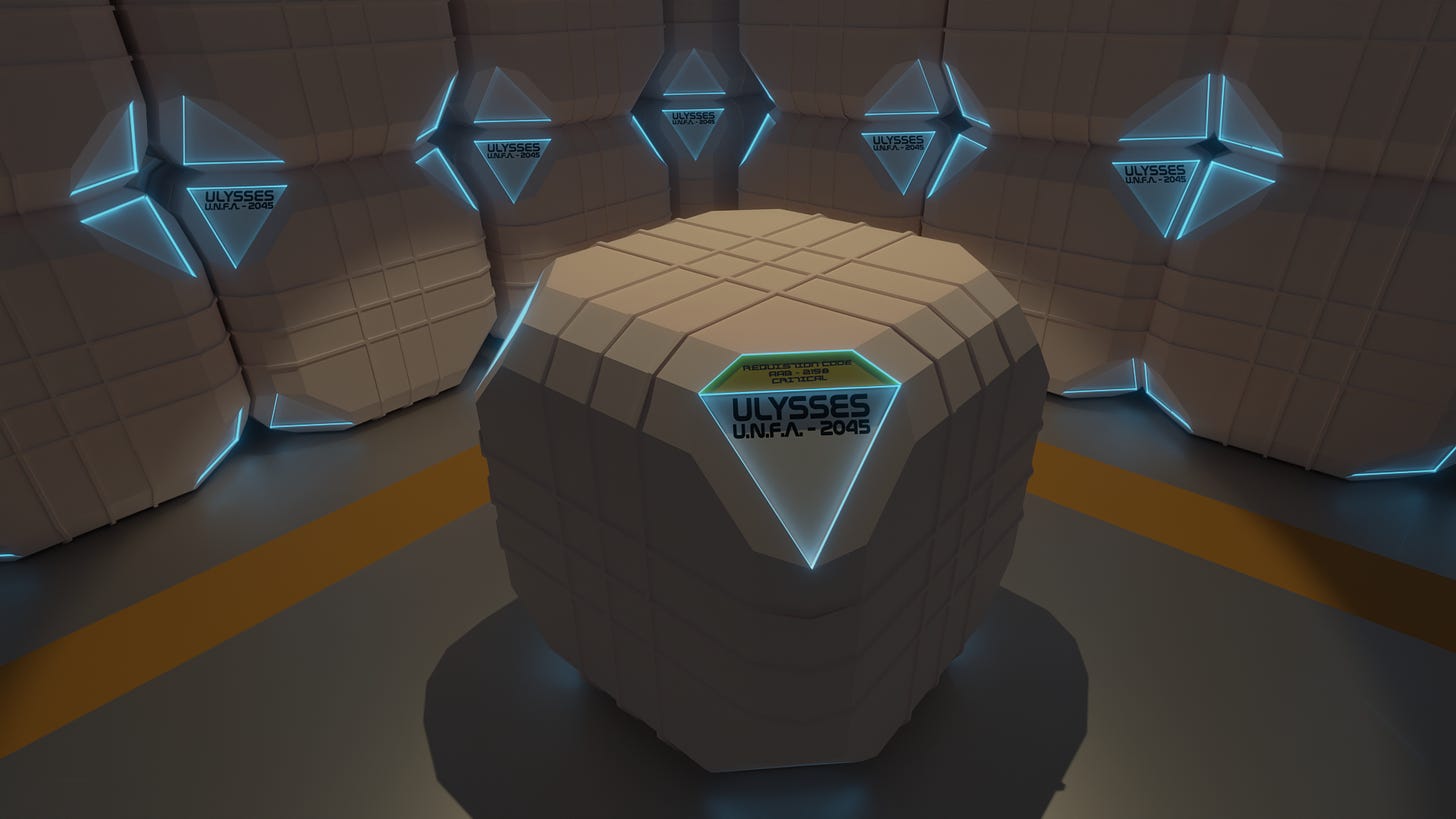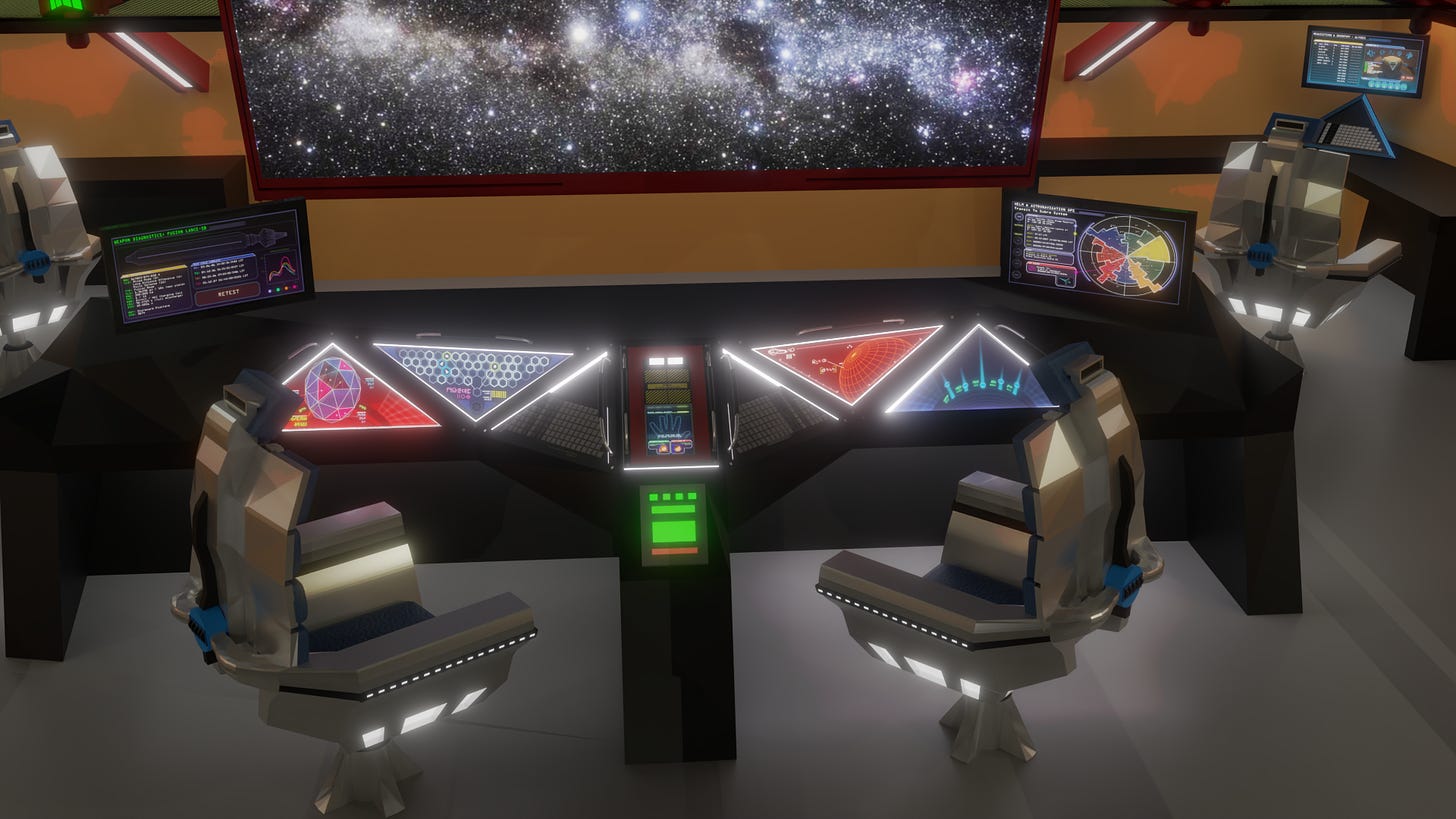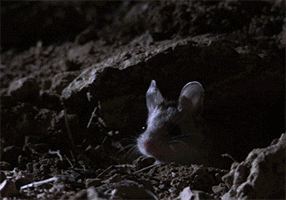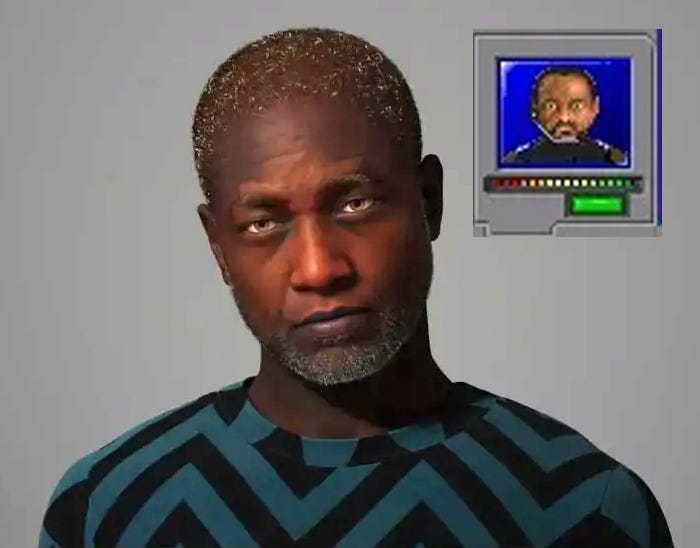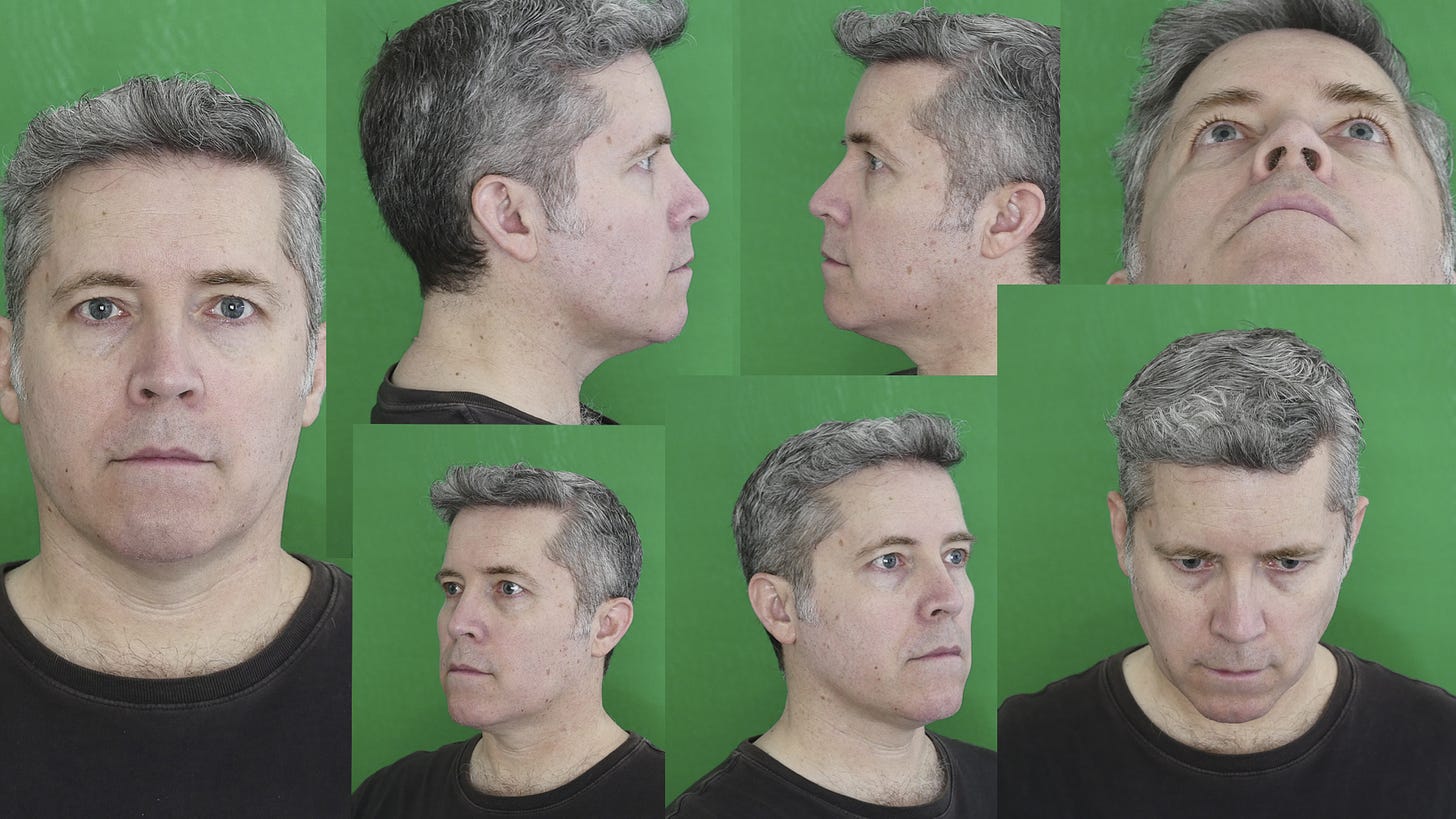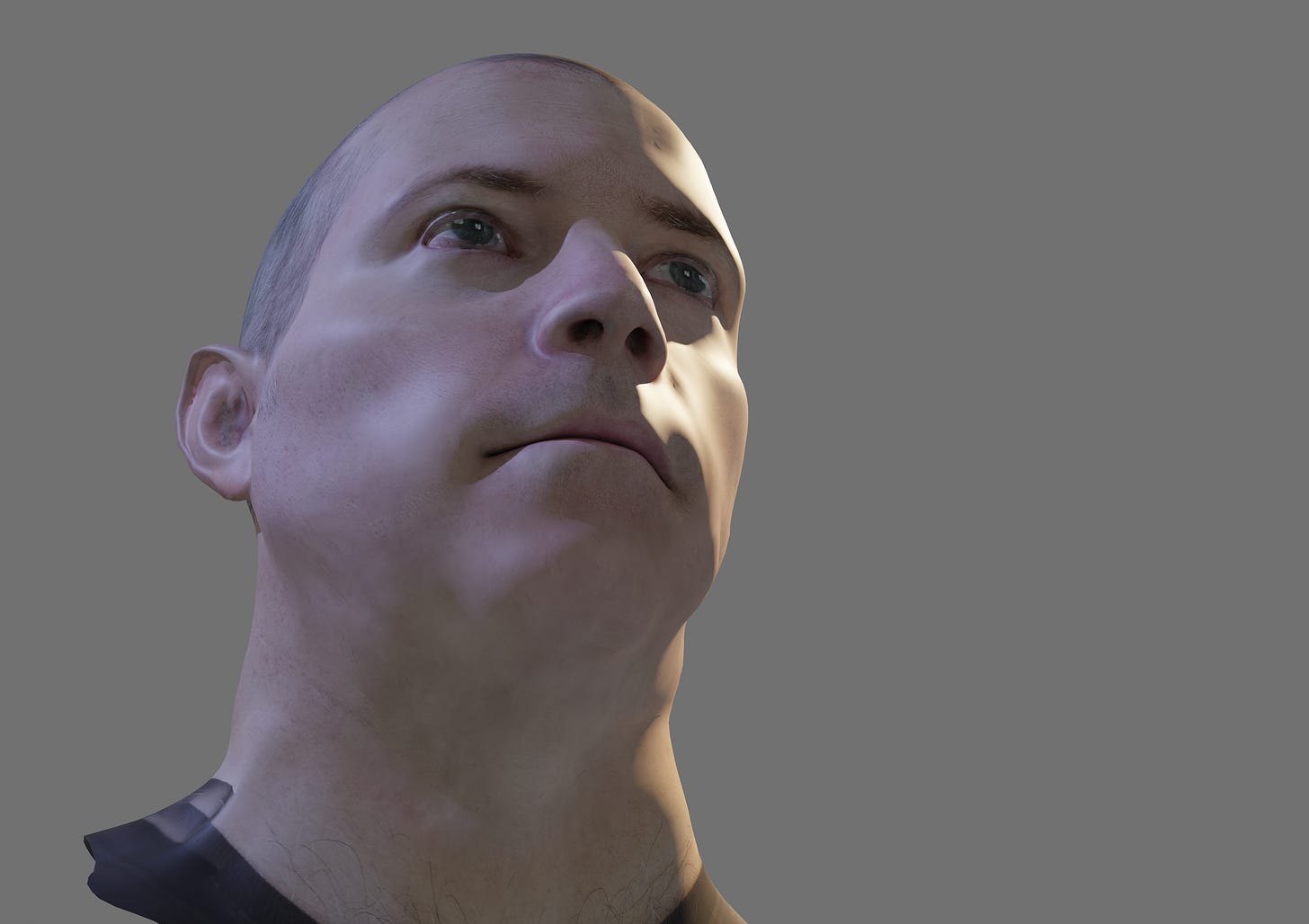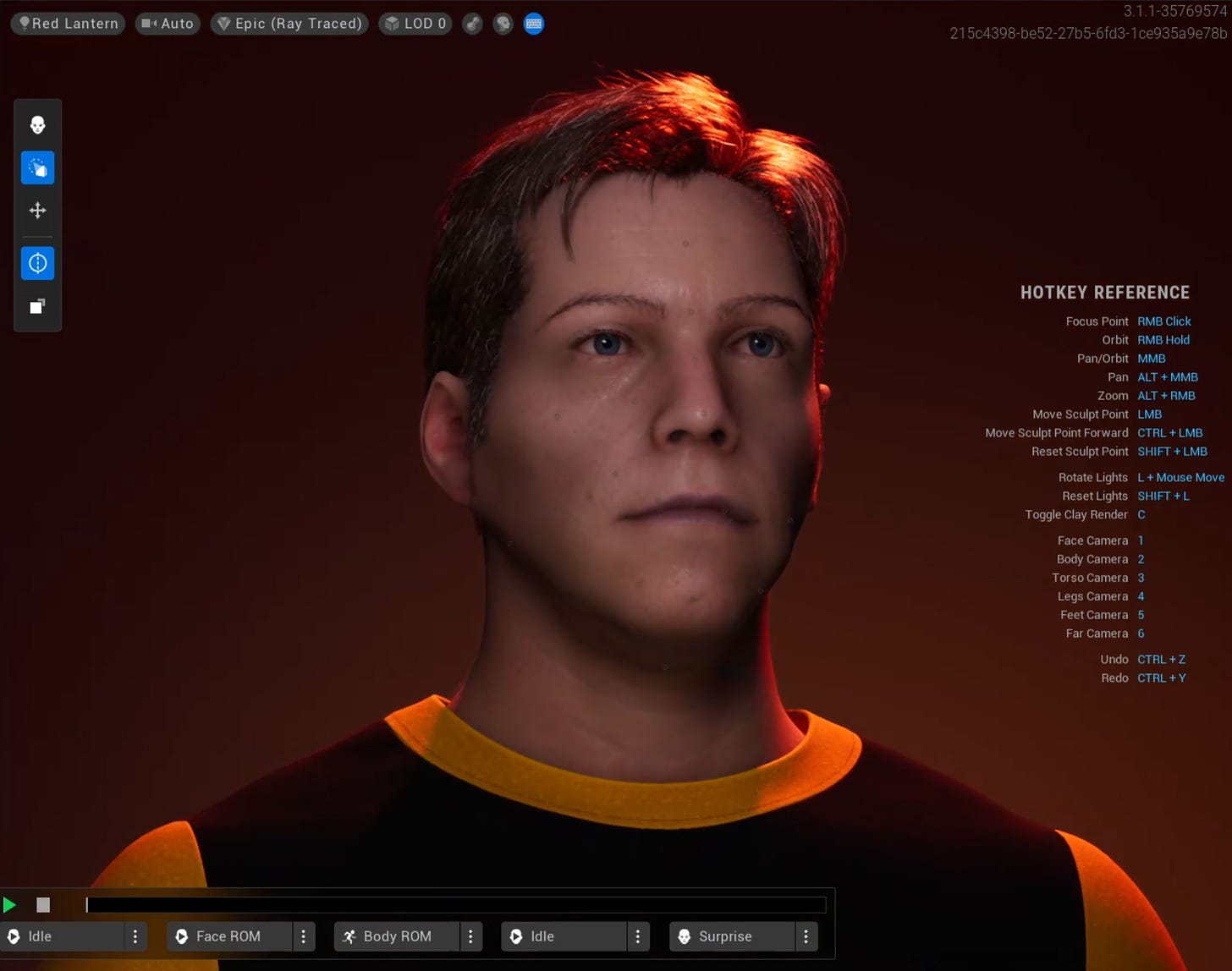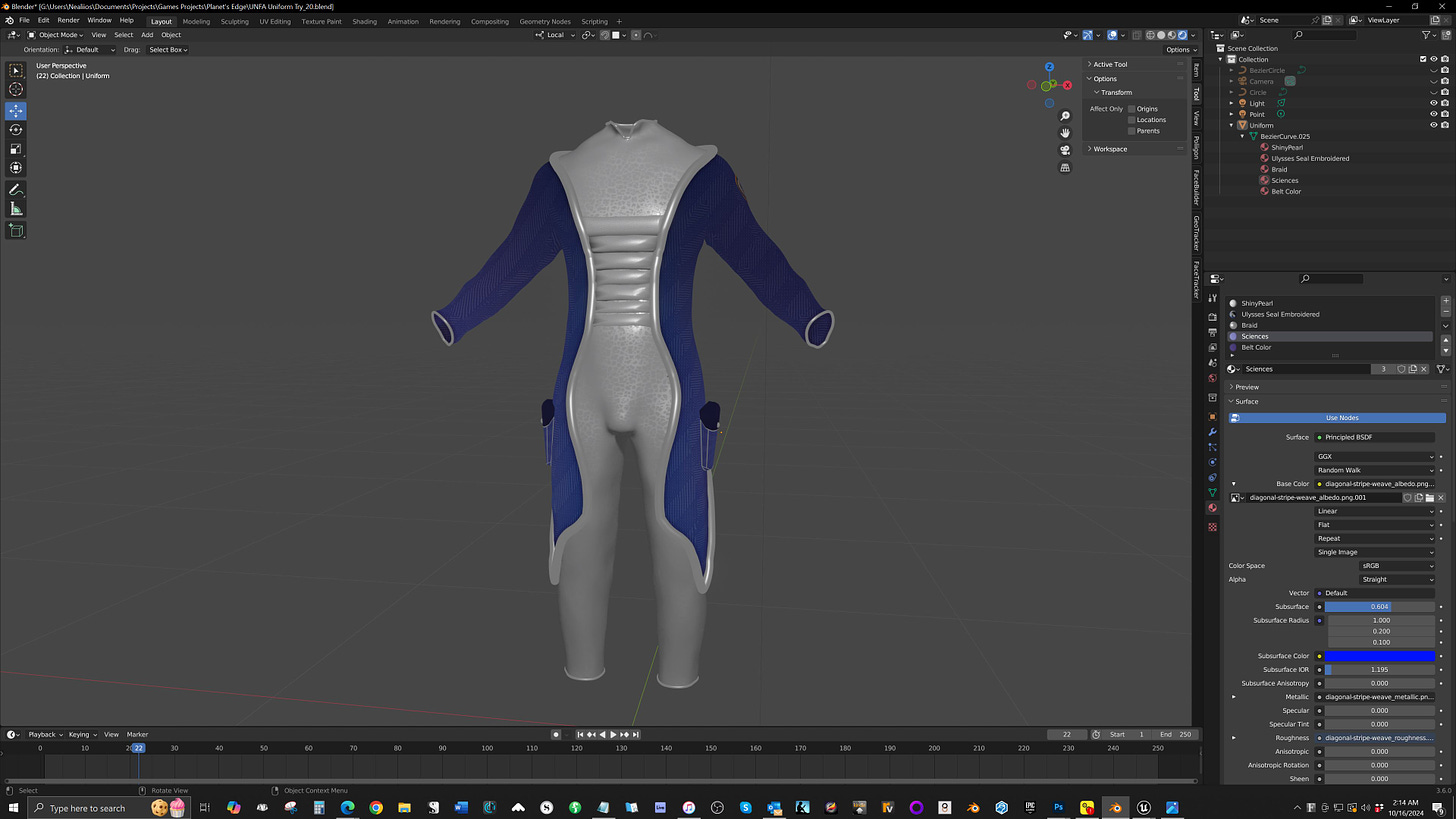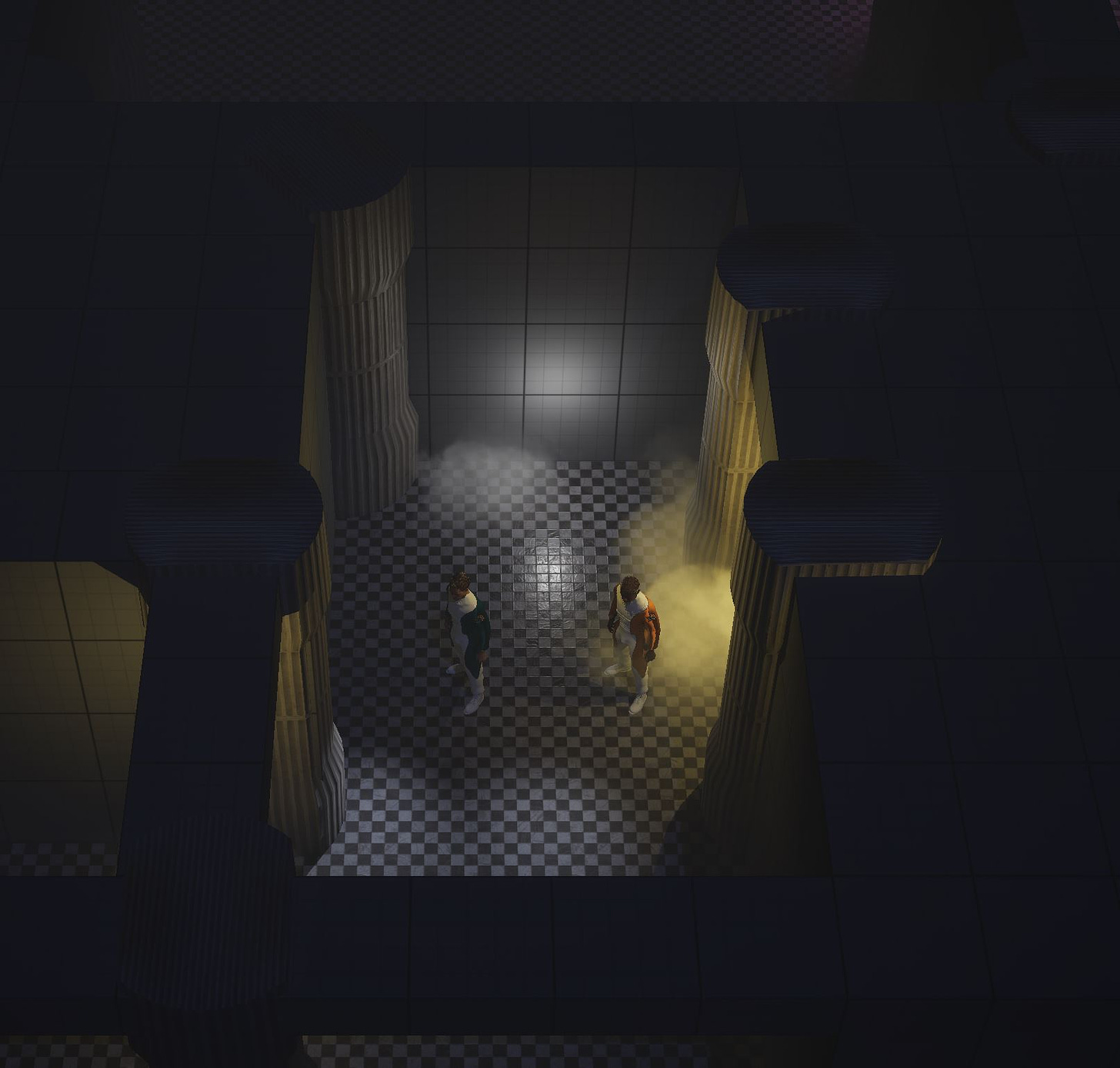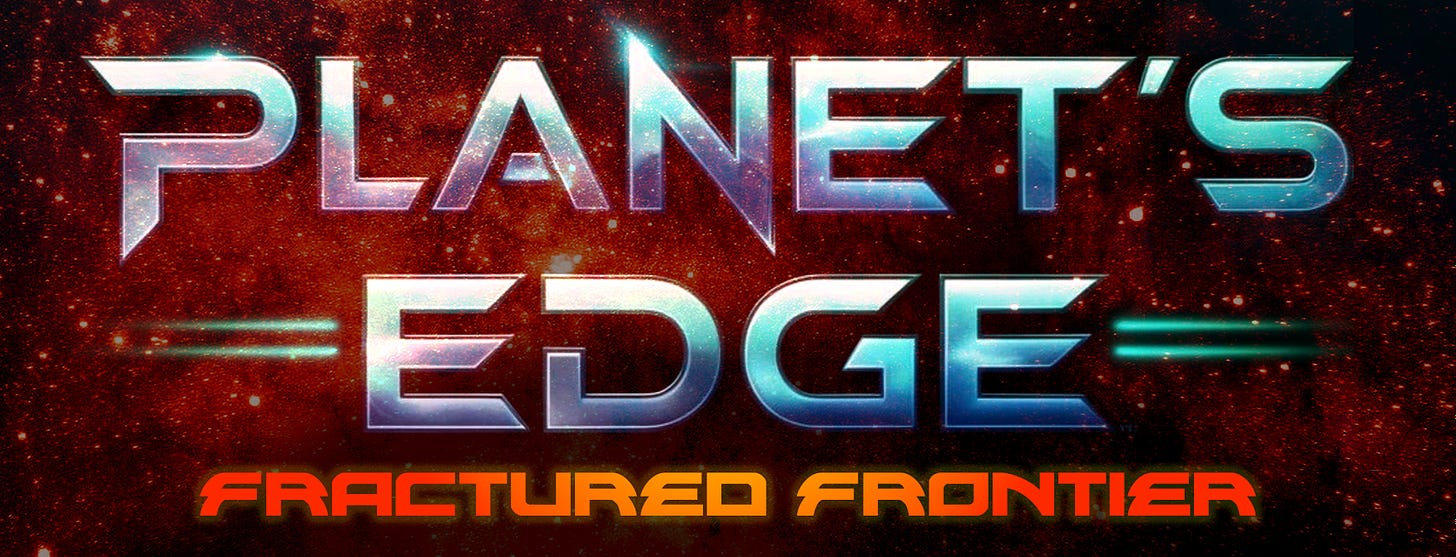- Joined
- Jan 28, 2011
- Messages
- 99,618















(Neal, please don't private your Substack blog)
https://www.nealhallford.com/p/returning-to-the-edge
https://www.nealhallford.com/p/returning-to-the-edge
Returning to The Edge
Coming Full Circle With My First Born IP
If you’ve been following my socials on Facebook, Insta, and Twitter recently, you’ve likely seen my Galaxy’s Edge-themed posts featuring the interiors and exteriors of a starship called Ulysses. These 3D models - which I’ve been fiddling with in Blender for the last month and a half - are based on the player’s ship from the CRPG Planet’s Edge, the first computer game on which I served as one of the lead designers. For its day it was reasonably successful, selling something on the order of 250,000 copies - which might not sound like a lot by today’s standards, but it was perfectly respectable in 1992. It also garnered awards and favorable reviews in the gaming press and in gaming forums on Genie, Compuserve, and other BBSes of the day. Like Betrayal at Krondor after it, it was a hugely ambitious game. It fused a tactical space combat game with a ground-based RPG and featured the ability to build and customize starships using resources that the player traded for or mined on alien planets (sound like a certain space RPG that recently shipped?)
Aside from being my first game, it’s significant for me personally because 98% of its narrative content originated with and was executed by me, with the remaining two percent thanks to ideas pitched by Might & Magic III: Isles of Terra writer Ron Bolinger (uncredited), Greg Hemsath (who created most of the game manual content under Pentegath Productions), and New World Computing’s President Jon Van Caneghem (who proposed the starting premise that the Earth vanishes into a singularity). More than on any other game I’ve worked on, I feel an intense sense of ownership over the narrative universe of Planet’s Edge.
Lately I’ve been feeling the pull to try and do something with it, whether that’s a remake, a sequel, or an adaptation into another form of media, but it’s complicated. It’s not just a matter of time and expense and staff (which would definitely be a factor if we’re talking about a game or a movie). There’s a rights issue which I’d have to negotiate with the current license holder, Ziggurat Interactive (it’s passed through several hands over the years following New World Computing’s sale to 3DO, and then the latter’s collapse). Most importantly, I have no idea if there’s a large enough audience of people who care enough to see something new in the Edgeverse. So that’s where I am right now, and a brief explanation of what all my recent social posts are about.
Before this can change from a casual art project into something more serious, I’d like to hear from you. Is it something you’d like to see happen, and if so, in what form? Drop me a line in the comments, and share a link to this post with your gamer friends (please do not just copy paste the text of this somewhere else, I need traffic, so LINK to this article).
Regarding the Galaxy’s Edge vs. Planet’s Edge nomenclature … I’ll explain that soon in my upcoming New World Chronicles blog series.
While I wait to hear from you, here’s some starship porn of the Ulysses as it’s been developed over the past few weeks:
